In late July, we worked with Richmond Hill community members to remove invasive plants from previously naturalized sites at Lake Wilcox Park and David Hamilton Park. After learning how to identify and remove invasive species and how to apply mulch to protect the native species, our teams got right to work.
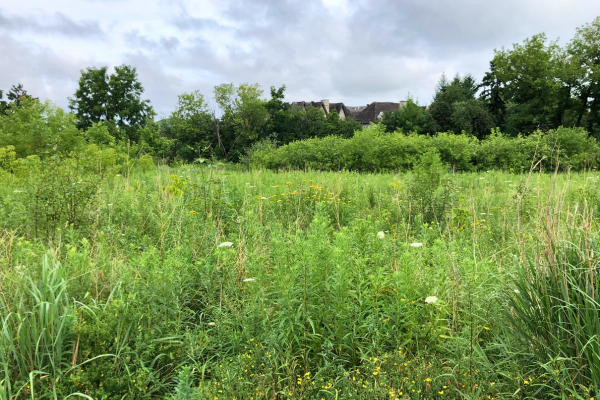
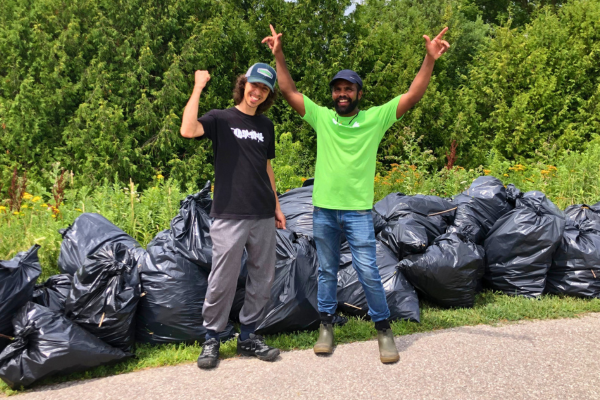
In both parks participants removed invasive species such as Queen Anne’s lace (Daucus carota), white sweet clover (Melilotus albus) and creeping thistle (Cirsium arvense) by hand. At Lake Wilcox Park participants worked together to remove European buckthorn (Rhamnus cathartica) sometimes using pruning equipment to break down the larger buckthorn shrubs to fit them into garbage bags. Participants were quick in picking up the removal instructions and in mere hours, we had cleared the sites of invasive material!
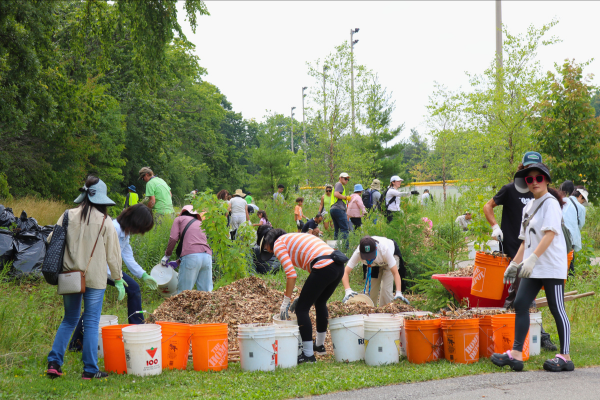
After the invasive plants were removed, it was time to mulch! We spread the mulch around hundreds of native trees and shrubs that had been planted in previous years. Along with insulating the roots and holding moisture, mulch helps keep competing invasives from reemerging. Each native tree or shrub received two to four buckets of mulch, which we poured in a doughnut-shaped ring around the base of each plant, allowing for airflow around the trunk, preventing moisture build-up or rot.
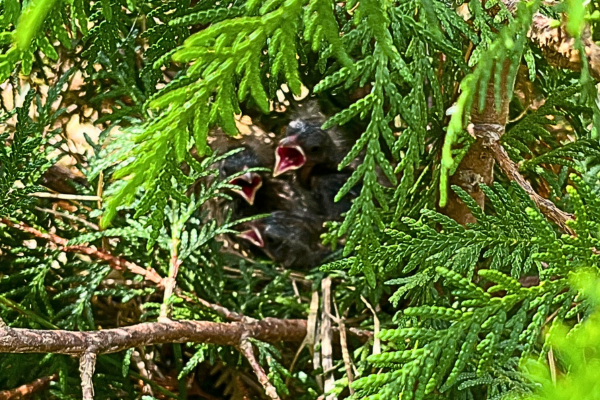
Little did we know, the local wildlife was eager for our mulching efforts! At Lake Wilcox Park, a field mouse was spotted hopping out of one mulch bucket and a snake was found in another. We also discovered animal and bird nests sheltered in some of the trees we mulched at David Hamilton Park.
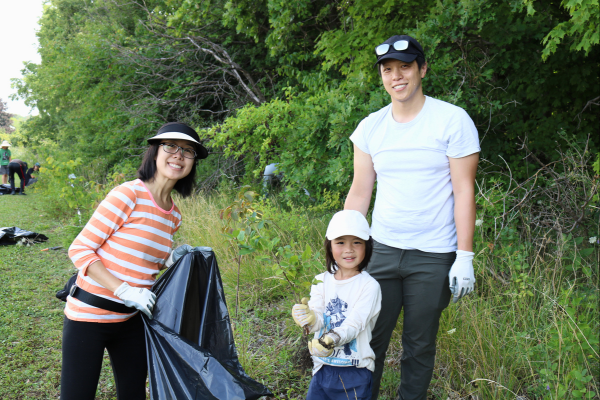
It was inspiring to see participants of all ages slipping on gloves and helping pull out these invasive plants. The level of family and community engagement was incredible! I had a blast answering the many questions from our younger participants along the way!
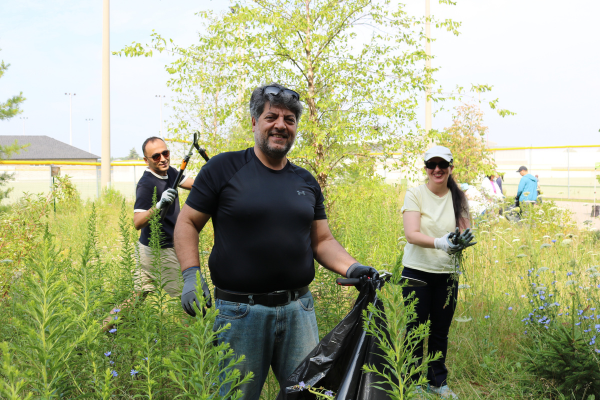
It’s clear that each stewardship event made a big impact on the urban forest in Richmond Hill. None of this would have been possible without the help of our event participants and dedicated LEAF staff and volunteers! When communities come together over a shared connection to the land, there is no limit to what we can accomplish!
Are you looking to help grow the urban forest in your community? Sign up for one of our LEAF planting and stewardship events on our events page!
Adam James is the Urban Greening Assistant at LEAF.
These stewardship events were supported by the Regional Municipality of York, the City of Richmond Hill and by the Invasive Species Centre through the Invasive Species Action Fund funded by the Ontario Ministry of Natural Resources.
